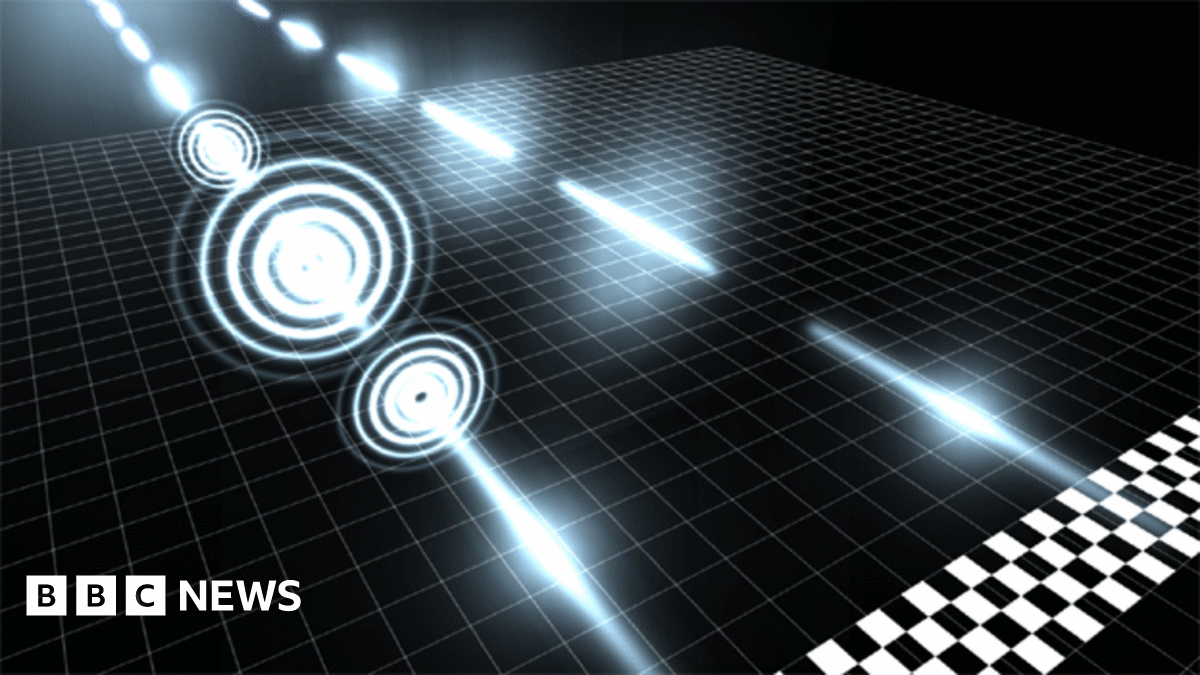They were having lots of fun with the special effects last night. Wasn't that Caerlaverock Castle (I missed the credits)? - handy for the barnacle geese.
The section on bird migration - I felt sorry for those robins - was fascinating. The phenomenon of reverse migration - whereby birds setting off from Central Asia on migration in late summer end up on Fair Isle instead of in SE Asia, having set off in diametrically the wrong direction - fascinates ornithologists (and gives twitchers their biggest thrills). This seemed to offer new lines of enquiry.
The section on bird migration - I felt sorry for those robins - was fascinating. The phenomenon of reverse migration - whereby birds setting off from Central Asia on migration in late summer end up on Fair Isle instead of in SE Asia, having set off in diametrically the wrong direction - fascinates ornithologists (and gives twitchers their biggest thrills). This seemed to offer new lines of enquiry.





Comment